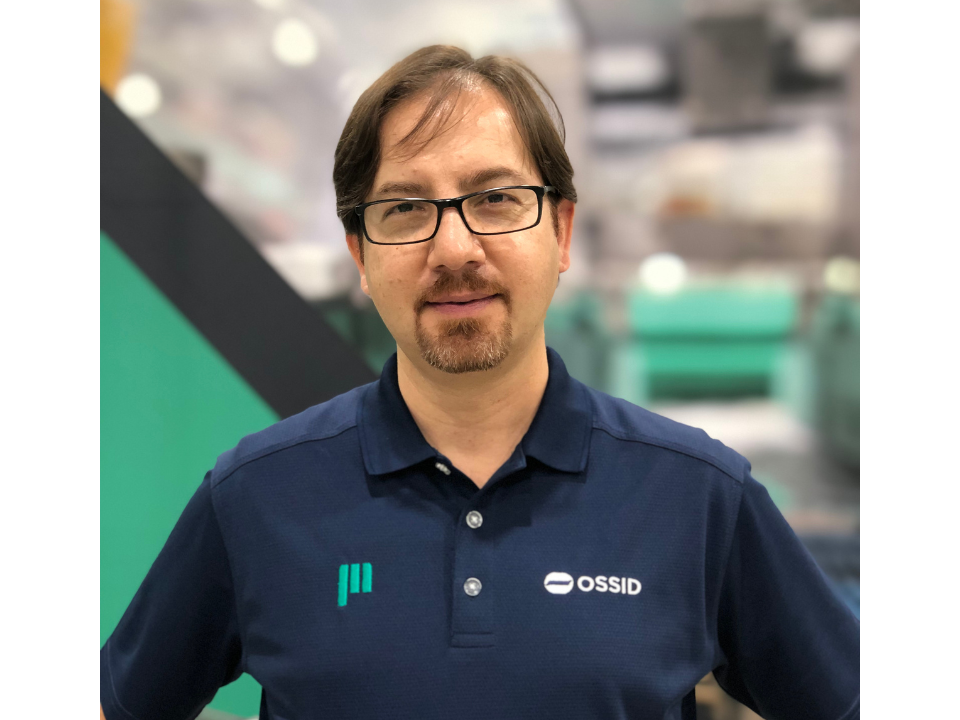Jahan Ahmadi
In recent years, the packaging industry has undergone significant transformation, especially in the fresh produce sector. With a growing emphasis on sustainability and increasing regulatory pressures, the focus has shifted towards developing eco-friendly and biodegradable packaging materials that not only protect the environment but also enhance the freshness and longevity of produce. At the forefront of this change are innovations such as natural nanofibers, which serve as alternatives to synthetic materials, offering exceptional mechanical and barrier properties.
As someone involved in the produce packaging space, I’ve witnessed firsthand how these trends are shaping the industry and driving change. The Canadian government’s push to reduce carbon footprints has accelerated the adoption of eco-friendly practices, especially in the retail and food service sectors. This shift has led to the widespread elimination of plastic bags and the introduction of sustainable trays for produce and case-ready foods, particularly in the protein segment.
However, the transition to these new materials hasn’t been without its challenges. Eco-friendly trays, for instance, do not always run as smoothly on existing packaging lines as traditional plastic or foam trays. Recognizing this, we at Ossid have adapted our machines to accommodate various tray materials, ensuring that our customers can achieve their sustainability goals without sacrificing efficiency or productivity.
The Cost of Going Green
Switching to eco-friendly packaging is not just a matter of swapping out materials; it also involves careful consideration of costs. While these new materials often come with a higher price tag, there are also hidden operational costs to consider. Lower efficiency, increased waste, and the potential for damaged products and scraps can all add up, particularly if existing machines are not equipped to handle the transition.
This is why it’s crucial for producers to evaluate their packaging equipment when considering a switch to sustainable materials. Not all machines are designed to handle the demands of eco-friendly packaging, and the impact on throughput and product quality can be significant. At Ossid, we work closely with our customers to ensure their equipment is up to the task, offering solutions that minimize disruption and maximize efficiency.
Innovations in Sustainable Packaging
Despite the challenges, the industry has seen some exciting innovations in sustainable packaging materials, particularly those designed to maintain the freshness of produce. One such innovation is Polyethylene (PE) film, a biodegradable alternative to PVC films that still extends product freshness. This material has proven to be a viable option for producers looking to reduce their environmental impact without compromising on quality. It’s particularly effective on stretch overwrap machines, which are commonly used in the produce industry.
Adapting to New Materials
At Ossid, we understand the importance of staying ahead of the curve when it comes to sustainable packaging. This means continuously adapting our machines to work with new materials as they are developed. By maintaining close relationships with our customers, we can anticipate their needs and adjust our technology accordingly.
We provide comprehensive support to customers transitioning to eco-friendly packaging, starting with running demo tests and assessing material integrity. Our technical teams then help adjust existing machines in the field to ensure a smooth transition during the phase-out and phase-in process. This hands-on approach allows us to guide our customers through the challenges of switching to sustainable packaging without disrupting their operations.
Case Study: Success in Sustainable Packaging
One of our most successful adaptations has been with the Ossid 500Si stretch overwrap machine. Known for its speed and reliability, the 500Si has become a staple in the produce and protein packaging segments. As these industries began using fiber material trays instead of foam or plastic, we made minor adjustments to the conveyor belts and drives of the 500Si to ensure it could handle less rigid materials without compromising product quality or appearance.
These modifications have allowed our customers to continue packaging their products efficiently and sustainably, without any loss or damage. The results have been impressive, with both environmental impact and product freshness seeing significant improvements.
Conclusion
The future of sustainable packaging in the produce market is promising, driven by innovations and adaptations that are paving the way for a more eco-friendly industry. However, the transition to sustainable packaging comes with its own set of challenges, particularly in terms of cost and operational efficiency. By staying informed about the latest trends and working closely with equipment suppliers, producers can successfully navigate this evolving landscape, ultimately achieving their sustainability goals while maintaining product freshness.
At Ossid, we are committed to leading the charge in sustainable packaging, offering solutions that not only meet the demands of today but also anticipate the needs of tomorrow. Whether through adapting our machines to new materials or pioneering advancements in eco-friendly packaging, we are dedicated to helping our customers succeed in this rapidly changing industry.

Subscribe to our email list for the latest in flexible packaging news.

